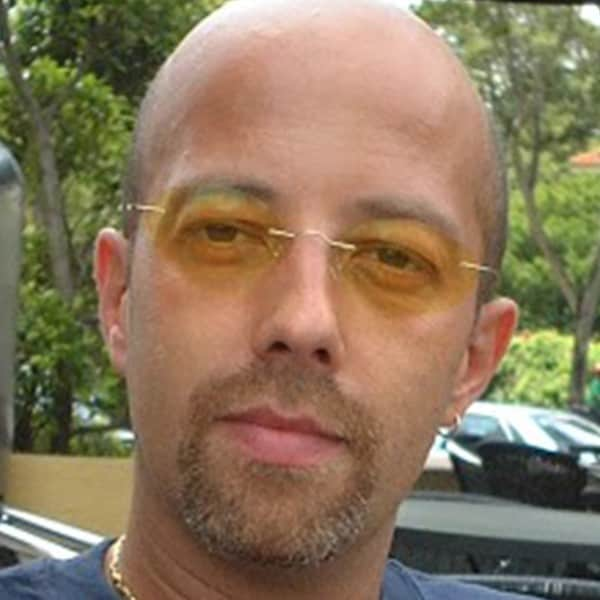
Gian-Franco Pironti
Application Engineer, Merck KGaA

Meg Hermes
User Reference Manager, JMP
Gian-Franco Pironti is an application engineer working in electronics, performance materials and surface solutions for Merck KGaA in Darmstadt, Germany. He has extensive experience using both light detection and ranging (LiDAR) and radio detection and ranging (RADAR), as well as microscopy with extended depth of field and virtual reality modeling language. Having begun his career in R&D chemical production for the Merck Group, Gian-Franco has more than 35 years of experience in electronic chemicals and coatings.
Meg: What role has data science played in shaping your career trajectory? Was there a turning point that made you realize the importance – and potential – of data?
Gian-Franco: In my job as an application engineer, I realized quite quickly that collecting, handling and analyzing data is extremely important. At the beginning, that process was a bit time-consuming, but the more data I had access to, the better the outcome. I realized that I shouldn’t waste time analyzing data without checking it from different points of view.
In the semiconductor industry, our approach to analyzing process, cost, efficiency and impact requires a hell of a lot of data! And nowadays, research also requires a lot of information – technical and analytical results have to be addressed.
Meg: What kinds of objections do you run into most frequently when it comes to advocating analytical approaches? How have you overcome these kinds of challenges?
Gian-Franco: Most objections center around having too much data or too complicated, disparate data sets. This kind of complexity can result in losing a bit of value in the aggregate if it causes you to focus on things with less importance while overlooking more relevant or important factors. Up to a certain limit, I’ve changed the way I handle data, as well as my view on the value of data overall. The more data you have – even if it seems unimportant at the beginning – the clearer the picture or result will be in the end.
Meg: What are some common misconceptions you’ve encountered when it comes to industrial statistics and/or the value of analytics enablement?
Gian-Franco: People may think that some data is not so important at the beginning, but with a huge amount of data, sooner or later you can’t see the forest for all the trees! Collecting data – all kinds of data in fact – is becoming more imperative day by day in order to trigger, trace and analyze all types of value-adding activities and processes. In our industry, data is crucial to improving and stabilizing processes, getting pre-warnings or predictive trends before you run into trouble, reducing costs and gaining time.
Meg: How have you maximized the value you get from JMP? Is there any feature or aspect of the JMP community that you feel other people are underutilizing?
Gian-Franco: In my personal opinion, the power of JMP is not yet seen by technical people working in the area of support, problem analysis, and searching for fact- and data-based solutions. Even to just get a quick-and-dirty overview, a graphical approach will allow you to include or exclude parameters you’ve observed in your analysis. Then you can jump into a deep dive, problem solving for example by applying DOE.
Meg: What JMP resources, if any, have you tapped into? Anything you find especially helpful?
Gian-Franco: For me personally, the most helpful is the possibility of visualizing data. I always start to analyze my data with a distribution histogram followed by a multivariate analysis and 3D scatter diagram. This process gives me a very good idea of how to approach and/or solve the problem. Later, I step into DOE.
Meg: Do you have any advice for people who are trying to increase analytics adoption within their organization?
Gian-Franco: Check out and then distribute YouTube videos about JMP to convince others!
Meg: How about someone just starting out with JMP?
Gian-Franco: I would definitely recommend looking at the JMP software channel on YouTube. And simply try it for yourself, starting with a clear, well-arranged, small amount of data.
Meg: Is there anything you know now when it comes to analytics that you wish you had known years ago?
Gian-Franco: Most people start with Excel data sheets – two-dimensional graphics that can be well-arranged up to a certain threshold. Sooner or later, though, they’ll reach the limit of what can be done in an Excel sheet and start learning how to use a pivot table in Excel. That might help for a while, but sooner or later again they’ll end up with limitations. Then comes JMP, and they can take a huge step forward all at once.
